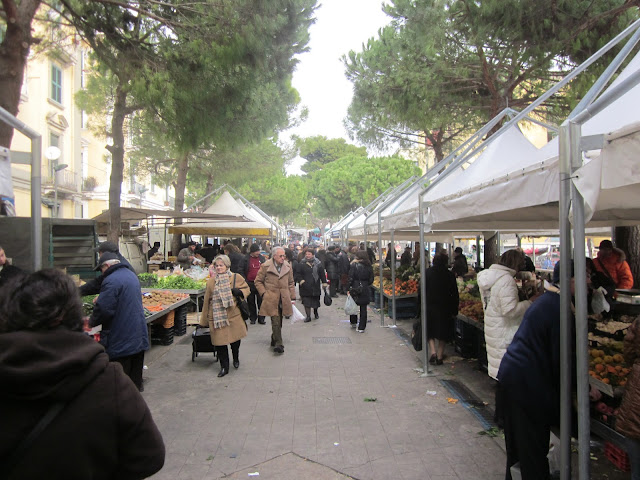Rakı III
Rakı is similar to several other alcoholic beverages available around the Mediterranean e.g. ouzo, sambuca. However Italian Alcoholic Drink Sanbuca is generally consumed after the dinner or lunch as liquor. I think that Greek Drink Ouzo is the most similar one to Turkish Rakı. The taste and the famous white color is more and less same. During my trip to Greece, I realized that the culture and the way of consumption of Rakı is the same as well. Instead of Meyhane, Greek people have “Taverna”. Because of the geographical affinity, apart from the cuisine Turks have a common culture and traditions with Greek culture.
Thessaloniki - With Ouzo
Typical Greek Taverna - Thessaloniki
Greek Cheese - Feta - The taste quite similar to Turkish White Cheese. In Greece people like eating these kind of appetizers with Ouzo almost like Turkish cuisine.
Types of Brands of Rakı
The best-known and popular brands of Raki, however, remain Yeni Rakı, originally produced by Tekel, which has transferred production rights to Mey Alkol upon the 2004 privatisation of Tekel, and Tekirdağ Rakısı from the region of Tekirdağ, which is famous for its characteristic flavour, believed to be due to the artesian waters of Çorlu used in its production. Yeni Rakı has an alcohol content of 45% and 1.5 grams of anise per litre; Tekirdağ Rakısı is 45% ABV and has 1.7 grams of anise per litre. There are also two top-quality brands called Kulüp Rakısı and Altınbaş, with 50% alcohol. (wikipedia)
Some Short informations about Raki
The secularist Turkish leader Kemal Atatürk was very fond of raki, and his late-night rakı sofrası sessions were his favorite place to debate issues with his closest friends and advisors.
Mustafa Kemal Ataturk is the founder of Republic of Turkey
Etymology
The term raki entered English from Turkish rakı. The word rakı is derived from the Arabic Araq, other variants being araka, araki, ariki. Araq means perspiration in Arabic, which is believed to metaphorically refer to condensation, which likely refers to the condensation that forms outside of the chilled glass, the drop-by-drop manner in which Raki is distilled that is reminiscent of sweating, or the phenomenon of unexpected sweating observed in individuals engaging in excessive Raki consumption (wiki)
Hopefully, we will not lose this culture with years because it consists of accumulated traditions and it is really original. This drink should be promoted in other countries and this taste should become more wide-spread. Finally don’t forget to add water to your Rakı, according to Turkish traditions, it should be consumed with water :)





Comments